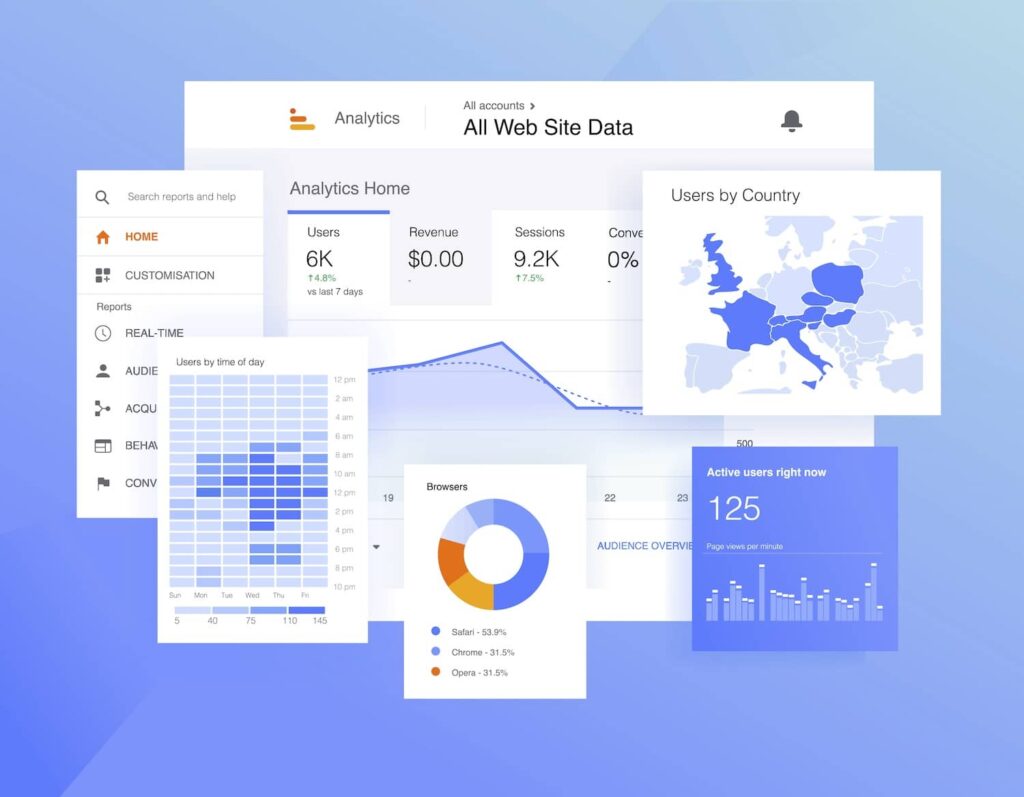Introducing the Effect of Second Dimension in Google Analytics on Information Evaluation and Insights
In the realm of information analytics, the usage of second dimensions within Google Analytics has actually arised as a critical device for drawing out much deeper insights and unraveling facility patterns that may otherwise continue to be obscured. By peeling off back the layers of primary information sets, second dimensions supply a nuanced point of view that enriches the understanding of customer behavior, internet site efficiency, and the effectiveness of advertising and marketing strategies. The real influence and untapped capacity of secondary dimensions are typically underestimated, eclipsed by the allure of main metrics. As we navigate through the elaborate landscape of information evaluation, the importance of additional measurements comes to be increasingly obvious, losing light on vital information that hold the key to notified decision-making and calculated optimizations.
Exploring the Principle of Additional Dimensions
Additional dimensions in Google Analytics give extra insights by permitting users to assess main data in conjunction with an additional attribute. By integrating second dimensions, customers can dive deeper right into the information and reveal beneficial connections that could or else go unnoticed - what is a secondary dimension in google analytics.
Understanding the principle of additional dimensions is essential for optimizing the capacity of Google Analytics. It enables customers to segment data efficiently, recognize patterns, and make informed decisions based on a much more total image of their analytics information. By exploring the various additional dimensions offered in Google Analytics, customers can open brand-new understandings and optimize their digital advertising initiatives. In significance, second measurements work as a powerful tool for boosting information evaluation and driving workable outcomes.
Enhancing Information Analysis With Secondary Dimensions
Having actually established the foundational understanding of second measurements in Google Analytics and their essential function in data evaluation, the emphasis now shifts in the direction of leveraging these additional features to enhance the analysis of analytics data (what is a secondary dimension in google analytics). By incorporating second dimensions right into data evaluation, analysts can get deeper understandings into user actions, web site performance, and advertising and marketing efficiency

Moreover, additional dimensions help in contextualizing main information metrics by supplying extra layers of info. This contextualization aids in understanding the 'why' behind the information trends, helping analysts make notified choices and optimizations to improve total performance. Eventually, integrating second dimensions improves the data interpretation procedure, resulting in even more significant insights and critical actions.
Revealing Hidden Insights With Second Dimensions
Discovering the depths of analytics information with additional measurements exposes valuable insights that would certainly otherwise continue to be obscured. By integrating secondary dimensions in Google Analytics, organizations can unearth concealed patterns, trends, and connections that provide a more thorough understanding of user habits This Site and internet site performance. These extra layers of information enable analysts to dig deeper right into the primary dimensions, such as website traffic sources or touchdown pages, and gain an extra nuanced perspective on exactly how various variables communicate with each various other.
Through using secondary dimensions, analysts can sector and compare information throughout various dimensions, allowing them to recognize certain elements that affect individual interaction, conversion prices, and overall success metrics. By coupling the primary measurement of 'device category' with the secondary measurement of 'age team,' marketing professionals can determine which age demographics prefer accessing the site with mobile devices versus desktops. This level of granularity encourages companies to make data-driven choices and maximize their approaches for far better outcomes. Eventually, discovering covert insights through second measurements improves the depth and accuracy of information evaluation, causing more informed decision-making and boosted efficiency results.
Leveraging Additional Dimensions for Actionable Analytics
Building upon the understandings introduced with secondary measurements in Google Analytics, companies can now harness this enriched information landscape to drive actionable analytics and critical decision-making. By leveraging additional measurements, organizations can dig deeper right into their information to draw out valuable patterns, patterns, and correlations that may have formerly gone unnoticed. This deeper degree of analysis makes it possible for companies to get an extra thorough understanding of user habits, project performance, and general internet site effectiveness.
One secret advantage of using second dimensions for workable analytics is the capacity to segment information based upon specific standards. This segmentation permits organizations to tailor their campaigns and approaches to different audience groups, causing more targeted and anonymous efficient marketing efforts - what is a secondary dimension in google analytics. In addition, second dimensions give a more all natural view of user communications, making it possible for businesses to enhance their internet site content, design, and general user experience
Making Best Use Of Decision-Making With Additional Measurements
To improve tactical decision-making in analytics, leveraging second measurements in Google Analytics can give a more nuanced perspective on user habits and project performance. By integrating secondary measurements right into information evaluation, organizations can delve much deeper right into the specifics of their internet site site visitors' communications and interaction patterns. This extra layer of information enables a more thorough understanding of just how various variables, such as demographics, gadgets, or web traffic sources, impact key efficiency indications.

Final Thought
In conclusion, using additional dimensions in Google Analytics plays a critical function in enhancing information analysis and discovering hidden insights. By exploring this principle, one can acquire a deeper understanding of individual behavior and make notified choices based on Resources workable analytics. Leveraging additional dimensions permits a much more detailed interpretation of information and maximizes the effectiveness of decision-making procedures.
